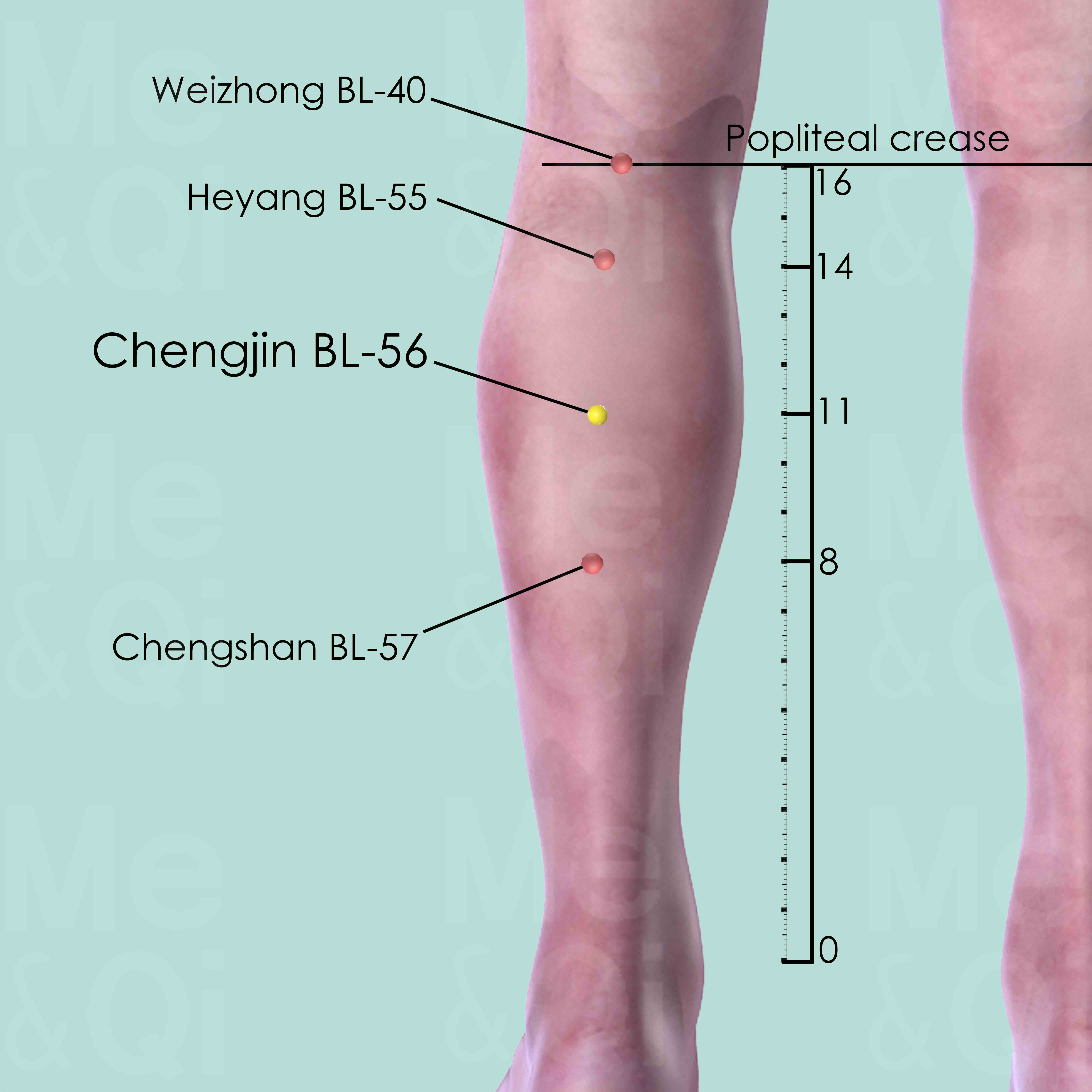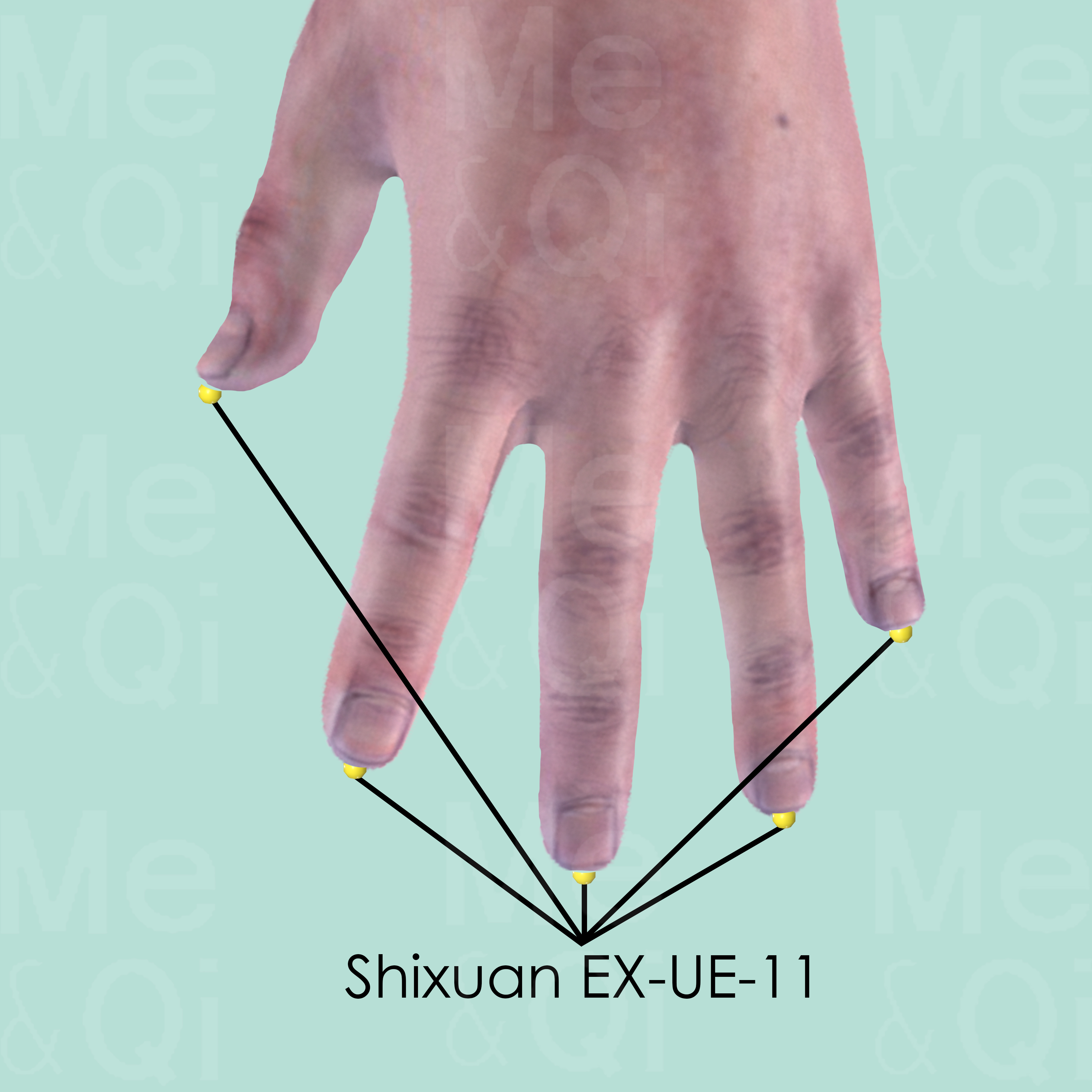Seizuresaccording to TCM
Symptom family: Seizure and Epileptic Disorders
Sub-symptom(s): Clonic Seizure Focal Seizures
Did you mean? Epilepsy
What are Seizures?
Seizures are sudden, uncontrolled electrical disturbances in the brain that can cause changes in behavior, movements, feelings, and levels of consciousness. The spectrum of seizures ranges from mild, barely noticeable symptoms to vigorous shaking and loss of control.
While they can occur as a one-time event due to an acute condition, recurring seizures are typically referred to as epilepsy, which is a chronic seizure disorder. Understanding the precise nature of a seizure is crucial for effective treatment and management.
How Does TCM View Seizures?
From the perspective of Traditional Chinese Medicine (TCM), seizures are the result of internal disharmony, where essential elements like Yin and Yang, Qi, and Blood are out of balance. Rather than focusing on the seizure as a singular event, TCM evaluates the individual patterns of disharmony that lead to seizures.
This holistic approach is fundamental because it guides the customization of treatment to address not just the symptoms, but also their root causes within the body's energetic system.
Causes of Seizures According to TCM
Traditional Chinese Medicine (TCM) associates the occurrence of seizures with internal disharmonies, particularly the disruption of the Liver's functions and the unsettling of the Mind (Shen). For example, a common pattern identified in TCM is Liver Wind agitated by extreme Heat, which can lead to involuntary movements and convulsive seizures.
Another pattern might involve Phlegm Heat, where a build-up of Phlegm and Fire disturbs the Heart, leading to seizures. Identifying the underlying pattern is essential, as it determines the treatment strategy in TCM.
TCM Herbal Formulas for Seizures
Based on the patterns presented, TCM recommends specific formulas to address the root causes of seizures. For instance, Hui Chun Dan, which includes the key herb Ox Gallstones (Niu Huang), is typically used when Phlegm Fire is harassing the Pericardium.
Similarly, Zhi Bao Dan, with Water Buffalo Horns (Shui Niu Jiao) as a key component, is selected for patterns like Heat in the Pericardium. These formulas are chosen not only to alleviate the immediate symptoms but also to restore the body's equilibrium and prevent future episodes.
Explore below some TCM herbal formulas used to address seizures, organized by formula type.
- By Formula Type
- Formulas that clear heat and open sensory orifices
- Formulas that nourish the heart and calm the mind
- Formulas that dispel phlegm
- Formulas that warm the meridians and disperse cold
Formulas that clear Heat and open sensory orifices
Seizures can be treated by formulas that clear Heat and open sensory orifices if it is due to heat causing disturbances in sensory functions.
One such formula is Hui Chun Dan, with ox gallstone as a key herb.
Other formulas of this category are listed in the table below.
All "formulas that clear heat and open sensory orifices" recommended for seizures
| Formula | Key herbs |
|---|---|
| Hui Chun Dan | Ox Gallstones (Niu Huang), Musk (She Xiang) |
| Zhi Bao Dan | Water Buffalo Horns (Shui Niu Jiao), Musk (She Xiang) |
Formulas that nourish the Heart and calm the Mind
Seizures can be treated by these formulas when it stems from a disharmony between the heart and the mind, often manifesting as emotional disturbances or sleep issues.
One such formula is Ding Zhi Wan, with ginseng as a key herb.
Formulas that dispel Phlegm
Seizures can be treated by these formulas when it is linked to phlegm accumulation, affecting respiratory and other body functions.
One such formula is Di Tan Tang, with arisaema as a key herb.
Formulas that warm the Meridians and disperse Cold
Seizures can be treated by these formulas if it results from cold obstructing the meridians, leading to pain or stiffness, requiring warming and dispersing actions.
One such formula is Huang Qi Gui Zhi Wu Wu Tang, with milkvetch root as a key herb.
Acupoints for Seizures
Explore below some acupoints used to address seizures, organized by meridian.
- By Meridian
- Bladder Channel
- Extra Points: Upper Extremities (EX-UE)

Chengjin BL-56
5 cun inferior to Weizhong BL-40 which is the midpoint of the popliteal crease. In the center of the belly of gastrocnemius muscle, midway between Heyang BL-55 and Chengshan BL-57.
TCM Herbs for Seizures
Explore below some TCM herbs used to address seizures, organized by herb category.
- By Herb Category
- Herbs that pacify internal liver wind and stop tremors
- Warm herbs that transform phlegm and stop cough
- Herbs that open the orifices
- Tonic herbs for qi deficiency
- Herbs that cool the blood
- Herbs that anchor and calm the spirit
- Cool herbs that transform phlegm and stop cough
- Herbs that nourish the heart and calm the spirit
- Herbs that regulate qi
- Warm/Acrid herbs that release the exterior
Herbs that pacify Internal Liver Wind and stop Tremors
Seizures can be treated by these herbs when caused by internal wind from Liver disharmony, often manifesting in symptoms like spasms or tremors.
One such herb is Centipedes (Wu Gong), which is directly recommended for seizures.
Other herbs of this category are listed in the table below.
"Herbs that pacify Internal Liver Wind and stop Tremors" recommended for seizures
| Herb | Formulas they belong to (if applicable) |
|---|---|
| Centipedes (Wu Gong) | Not applicable |
| Gambir Stems And Thorns (Gou Teng) | Not applicable |
| Scorpions (Quan Xie) | Not applicable |
Warm herbs that transform Phlegm and stop Cough
Seizures can be treated by these herbs when it results from phlegm due to cold deficiency, aiming to warm the lungs and dissolve phlegm accumulation.
One such herb is Arisaema (Tian Nan Xing), a key herb in some formulas recommended for seizures, like Di Tan Tang.
Other herbs of this category are listed in the table below.
"Warm herbs that transform Phlegm and stop Cough" recommended for seizures
| Herb | Formulas they belong to (if applicable) |
|---|---|
| Arisaema (Tian Nan Xing) | Di Tan Tang |
| Melon Stalks (Gua Di ) | Not applicable |
Herbs that open the Orifices
Seizures can be treated by these herbs if it's a result of blockages in the body's sensory orifices, aiding in restoring clarity and consciousness.
One such herb is Musk (She Xiang), a key herb in some formulas recommended for seizures, like Hui Chun Dan.
Other herbs of this category are listed in the table below.
"Herbs that open the Orifices" recommended for seizures
| Herb | Formulas they belong to (if applicable) |
|---|---|
| Musk (She Xiang) | Hui Chun Dan | Zhi Bao Dan |
| Sweetflag Rhizomes (Shi Chang Pu) | Not applicable |
Tonic herbs for Qi Deficiency
Seizures can be treated by these herbs when stemming from a lack of vital energy or Qi, helping to boost energy and overall vitality.
One such herb is Ginseng (Ren Shen), a key herb in some formulas recommended for seizures, like Ding Zhi Wan.
Other herbs of this category are listed in the table below.
"Tonic herbs for Qi Deficiency" recommended for seizures
| Herb | Formulas they belong to (if applicable) |
|---|---|
| Ginseng (Ren Shen) | Ding Zhi Wan |
| Milkvetch Roots (Huang Qi) | Huang Qi Gui Zhi Wu Wu Tang |
Herbs that cool the Blood
Seizures can be treated by these herbs when it is a consequence of excess heat in the blood, helping to cool and detoxify the blood.
One such herb is Ox Gallstones (Niu Huang), a key herb in some formulas recommended for seizures, like Hui Chun Dan.
Other herbs of this category are listed in the table below.
"Herbs that cool the Blood" recommended for seizures
| Herb | Formulas they belong to (if applicable) |
|---|---|
| Ox Gallstones (Niu Huang) | Hui Chun Dan |
| Water Buffalo Horns (Shui Niu Jiao) | Zhi Bao Dan |
Herbs that anchor and calm the Spirit
Seizures can be treated by these herbs if it stems from disturbances in the Shen (spirit), often due to instability in the heart and kidney energies.
One such herb is Amber (Hu Po), which is directly recommended for seizures.
Cool herbs that transform Phlegm and stop Cough
Seizures can be treated by these herbs when it is related to heat-phlegm accumulation, aiding in dissolving phlegm and soothing the respiratory system.
One such herb is Arisaema With Bile (Dan Nan Xing), which is directly recommended for seizures.
Herbs that nourish the Heart and calm the Spirit
Seizures can be treated by these herbs when it is linked to deficiencies in heart nourishment, addressing both physical and emotional imbalances.
One such herb is Chinese Senega Roots (Yuan Zhi), which is directly recommended for seizures.
Herbs that regulate Qi
Seizures can be treated by these herbs when resulting from Qi stagnation or imbalance, helping to promote the smooth flow of Qi in the body.
One such herb is Red Tangerine Peel (Ju Hong), a key herb in some formulas recommended for seizures, like Di Tan Tang.
Warm/Acrid herbs that release the Exterior
Seizures can be treated by these herbs when there is a need to dispel external cold and warm the body, especially in cases where there is insufficient Yang energy internally.
One such herb is Cinnamon Twigs (Gui Zhi), a key herb in some formulas recommended for seizures, like Huang Qi Gui Zhi Wu Wu Tang.

